
Discussing the concept of slavery can be uncomfortable for any teacher. This was a dark, shameful time in our nation’s history. After many years of teaching history to fifth graders, I now feel confident talking about slavery with my students. Students must have a firm knowledge of the institution of slavery to fully understand our nation’s history. The two are tightly interconnected. I hope these tips are helpful to you!
- Approach the subject objectively and from a historical standpoint. Don’t become overly emotional. I suggest using phrases like, “This was a dark time in our nation’s history.”
- Don’t focus on the physical punishments that slaves received. The cruelest part of slavery was the fact that slave families could be split up and sold away from each other at any time.
- Give as much attention to abolitionists as you do to slave owners. Emphasize the fact that there were many, many people, both white and black, who hated slavery and worked to end it.
- Black men, both free and enslaved, were valuable soldiers during the American Revolution, Civil War and every following war. They fought bravely and had a lasting impact on our nation’s history.
Something I hear every year from my students: “Why didn’t all of the slaves just kill the white people or all run away? I would never remain in slavery!” Students need to understand that life on a slave plantation was interconnected and slaves formed family bonds, whether biological or not. If a slave “acted up,” punishments were severe. They could be sold away from their families at any time or sold “down south” to work the fields in the sweltering Caribbean Islands, where life expectancy for a slave was only two years. Runaway slaves caused hardship for their families. They knew that if they attempted to escape, they were putting others in danger of beatings or punishments. Family members of the runaway would be beaten if the owner felt like they knew where the runaway was headed. Slaves were in a delicate situation. We can’t look at them through 21st Century eyes and think we know what they should have done.
Students must know our history, so we can’t gloss over this important topic. Be sure to teach this part of our history with empathy and sensitivity!
These units contain resources that will help you teach slavery as part of your social studies curriculum: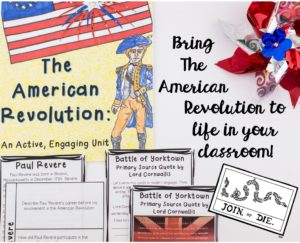
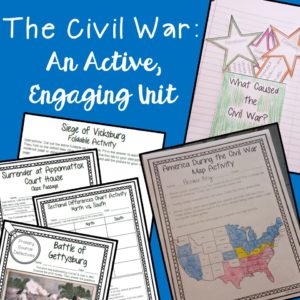
I’d like to offer you a free week-long email crash course on teaching social studies. Click on the image below to sign up:

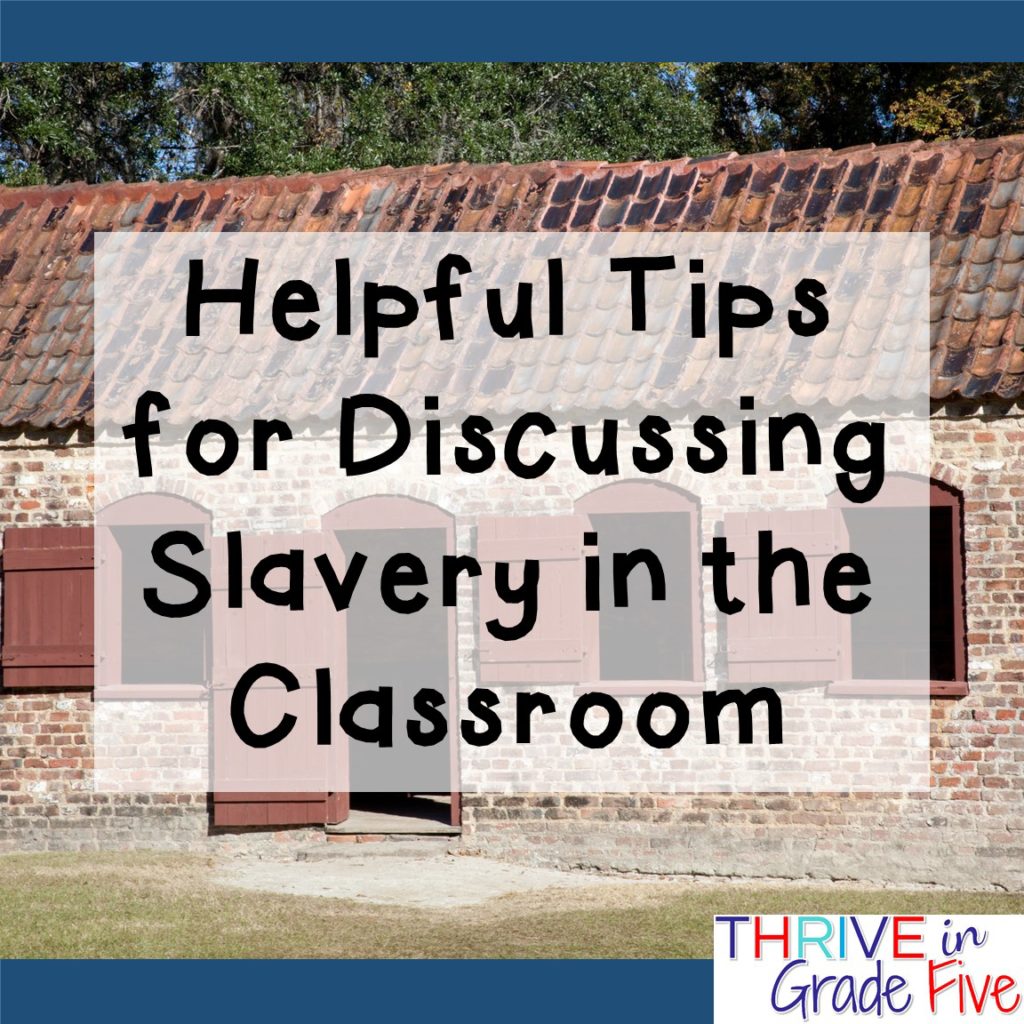

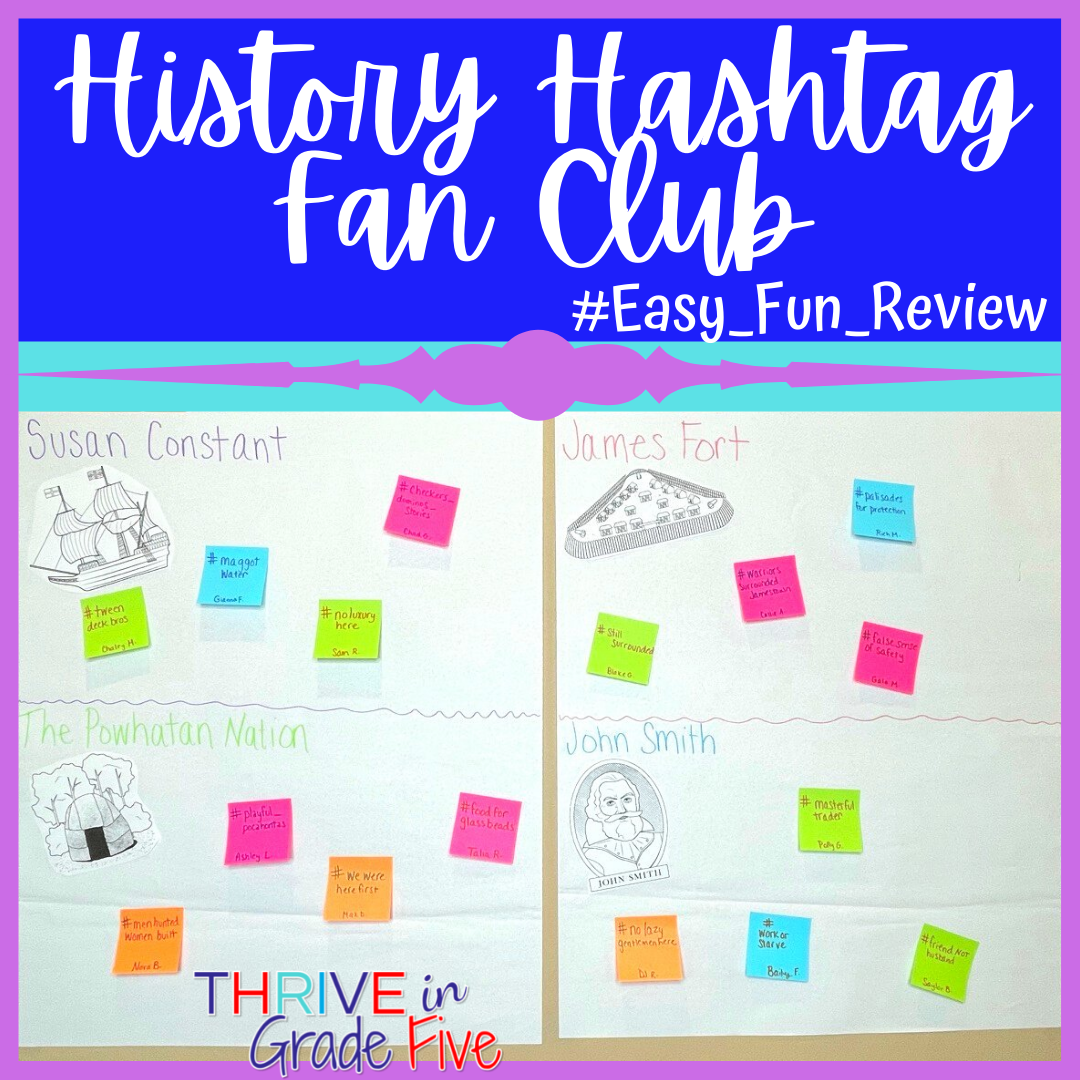


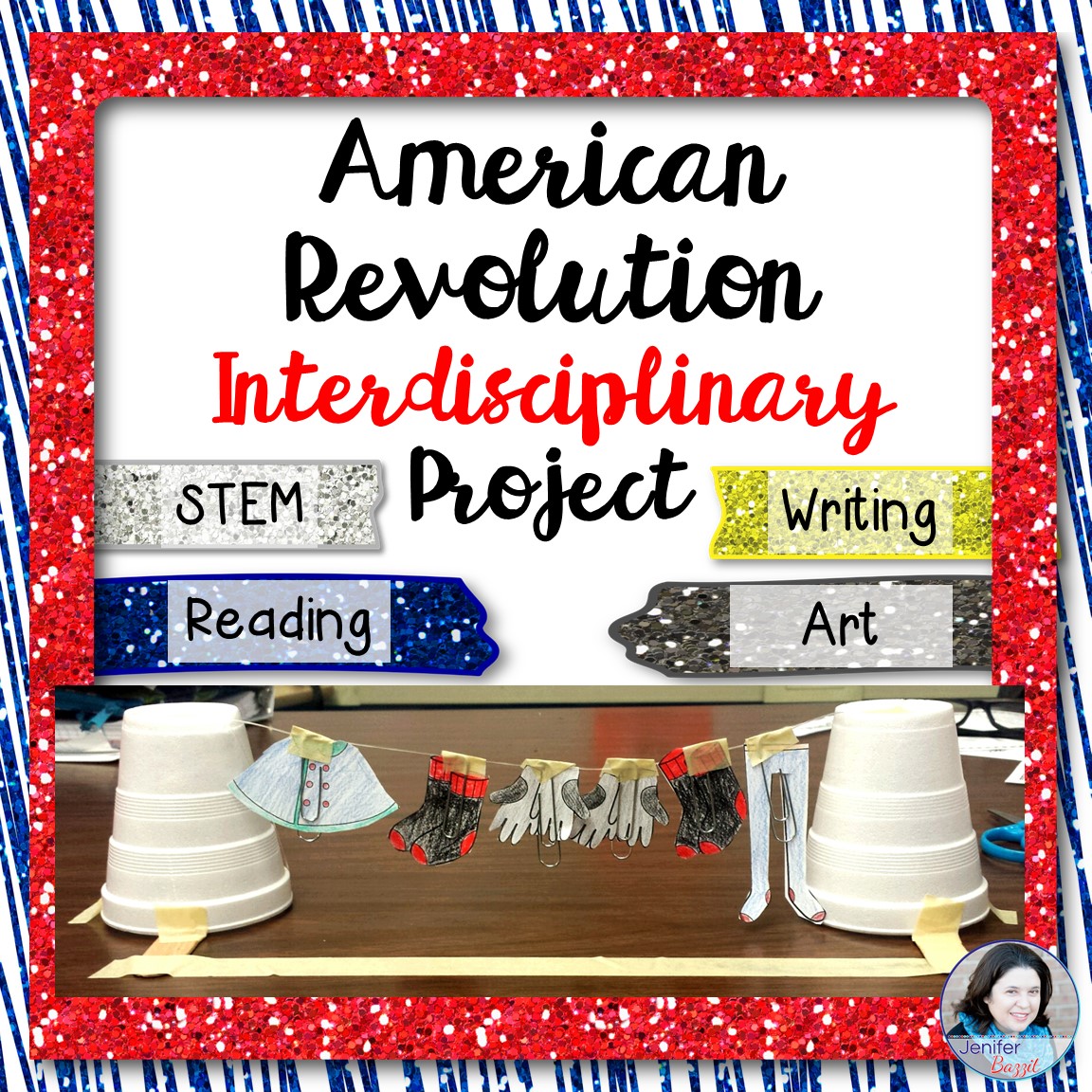
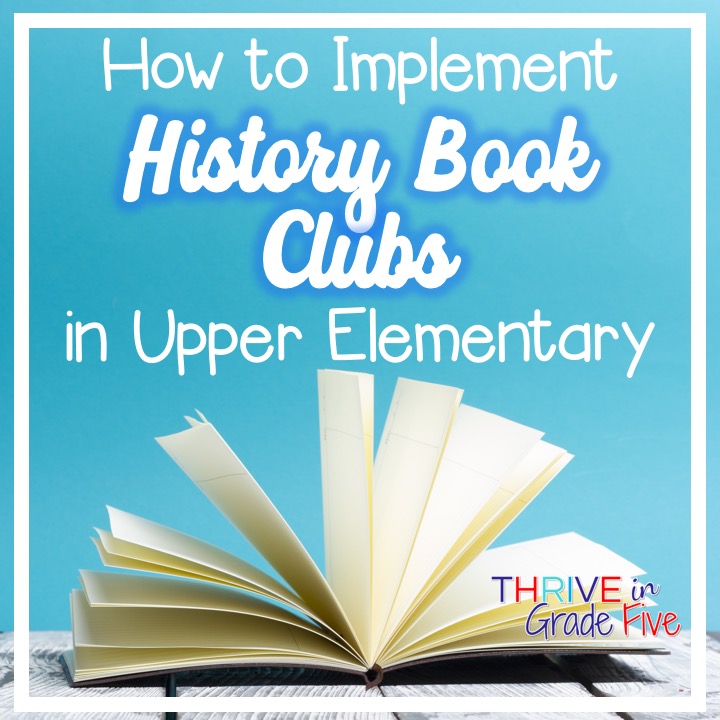
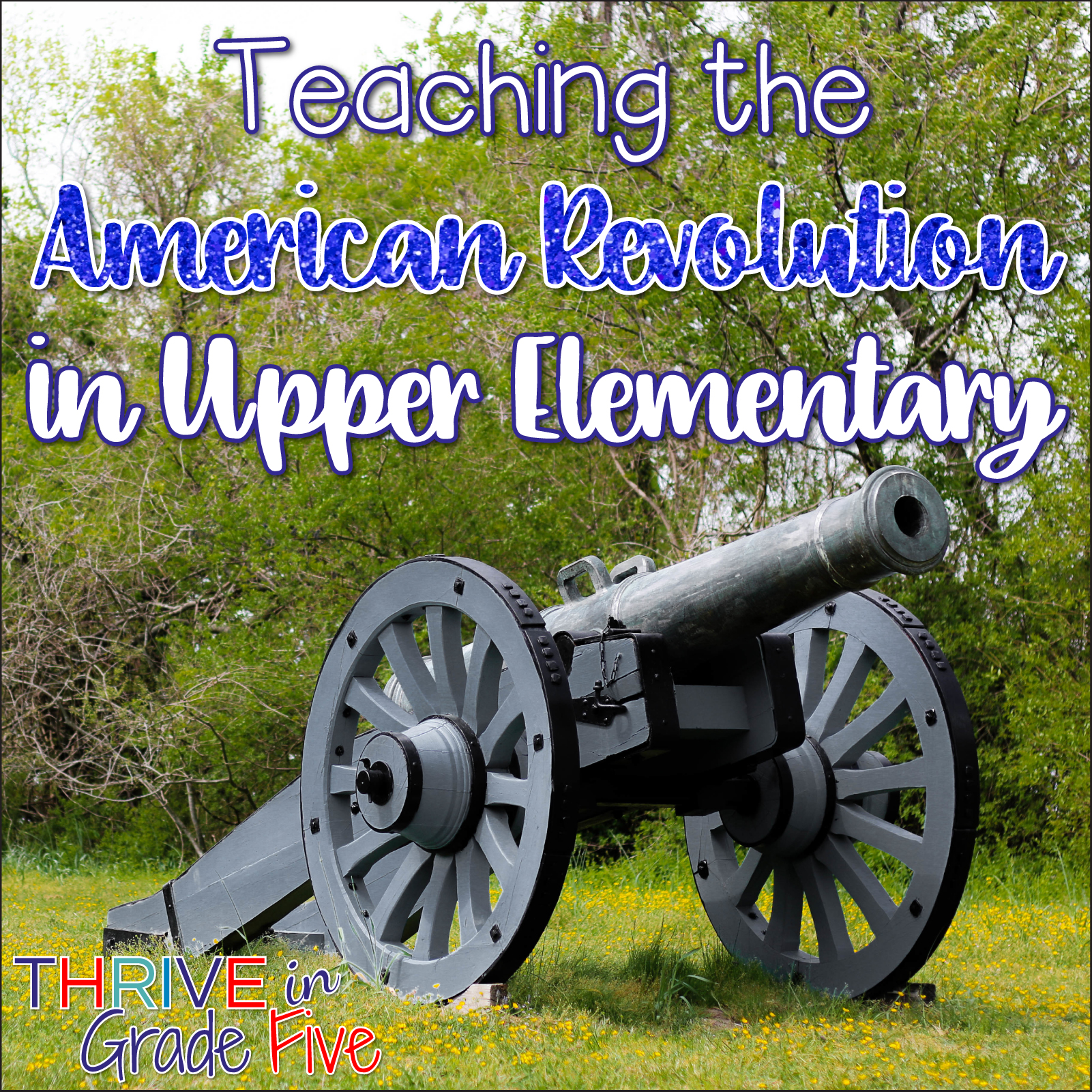
2 Comments
I’m excited & overwhelmed. Love, love, love all your ideas and don’t know where to begin. I teach these topics to 4th graders in Virginia with the focus all being on how history impacted Virginia. I look forward to reading more of your ideas.
Thank you so much, Julie! I appreciate you taking time to leave a comment. I wish you and your students all of the best in your Virginia studies!